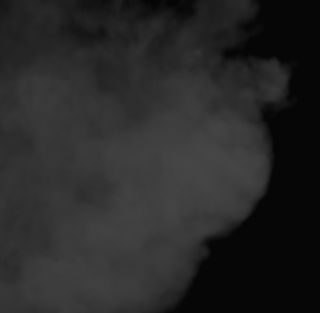Hello everyone!
It's been a week since our last post and we are very happy with our reach so far. Over 200 people have subscribed for our Horror event on the 30th of March and this makes everyone happy, and fuels us for more sweet things to show you!
So, this time, we thought it would be a good idea to share our working methods and our workflow for the project. So how was the idea structured and went into Unity?
The Mechanics (Game Design)
First of all, we wanted to merge core mechanics of 2 of our favorite game genres, them being Adventure and Horror.
We want to keep the original thinking and puzzle part of Adventure games, making people use pieces of paper in front of their PC to write down the clues we give them! We want people to start cross-referencing and gluing together the core hints and images / events they have witnessed in game in order to get a better grasp of the task at hand, how to solve puzzle X? Should we think about spatial recognition and/or riddles? Should we use different parts in the house in an illogical, yet clever and surreal way? Should we just google the answer? Hopefully, the thrill of solving a puzzle on your own will feed their curiosity and help them solve the puzzles on their own.
At the same time, we wanted to keep the horror part that makes horror games... well. Horror games! That comes down to a deranged and mutated creature lurking around in the dark corners of the game environment, always looking for you, waiting for you, wanting to kill you in many ways. The lurking horrors that make you stealth, sneak past them and think of ways to avoid them, since our character will be practically useless against them in pure combat. It all comes down to using your head much more than using your wits.
Combining these two together, we have created a formula that requires the players to be constantly vigilant with their surroundings, and always on the lookout. Being unable to stand in one place the whole time, will sure terrify some players, especially those who take their time into thinking and solving puzzles, because you will never be actually safe...
 |
Spatial Recognition Puzzles and Sequence is playing a major part.
Not to mention the surreal illogical thinking required for some of the puzzles. |
The Story
What good would a horror/adventure game would be without the story element? That s the reason for delving deep into the classics: From early Gothic Fiction, such as the
Castle of Otranto, to
Poe's writings and with a deep love for
Lovecraftian lore and the occult, we've written a true horror piece that will shake the very foundations of your sanity, depriving you of your well-earned rest and make you lose countless hours of sleep, engaging you in one of the most disturbing adventures you have encountered so far, in order to solve the ultimate mystery of one's life.
And the best part?
It's staged in the heart of all that is morbid, in the late 1800s, the end of the Victorian Era, where civilizations' foundations change from the roots up and the occult takes over every dark corner, every little crevice of one's mind.
 |
| Just another ordinary looking haunted house. Why the heck not? |
The Coding Part
With a few scratches on some notepad, agony, pain and some brainstorming hours later, we knew exactly what our game needed in order to build up our mechanics, so we got together and in a few days prepared a very draft prototype of the game, white-boxed with dummy graphics. We are going to post about these mechanics in more depth in future blog posts.
Having a clear image of those 2 genres in our head, it was no hard task to implement such mechanics. It would seem that our game had the minimum available mechanics and it was still playable. After looking through the features over a second iteration, we started adding more tasks that add to the immersion of the game, such as better AI, better VFX and better SFX Systems.
 |
| THAT door... Is sure to be hosted in another blog post all by itself. Mark my words... |
The Audiovisual Part
After the breakthrough we had with the mechanics being programmed and the story being written, we had to marry the puzzles (Mechanics) with the plot (Story) of our game. That combination however could not be seen or heard with the proper props.
It was then, when our artists stepped into the battle field of production and had their say into how the props and models would appear in game, how creepy the feel and aesthetic would be and how much immersion would the audio part add to the game. All that, in conjunction with the main story plot, the mechanics being tested in the prototype scene inside Unity, and the unstoppable flow of ideas from the minds of our art and audio team.
 |
| A 3D Head, because i have nothing to share here. |
























